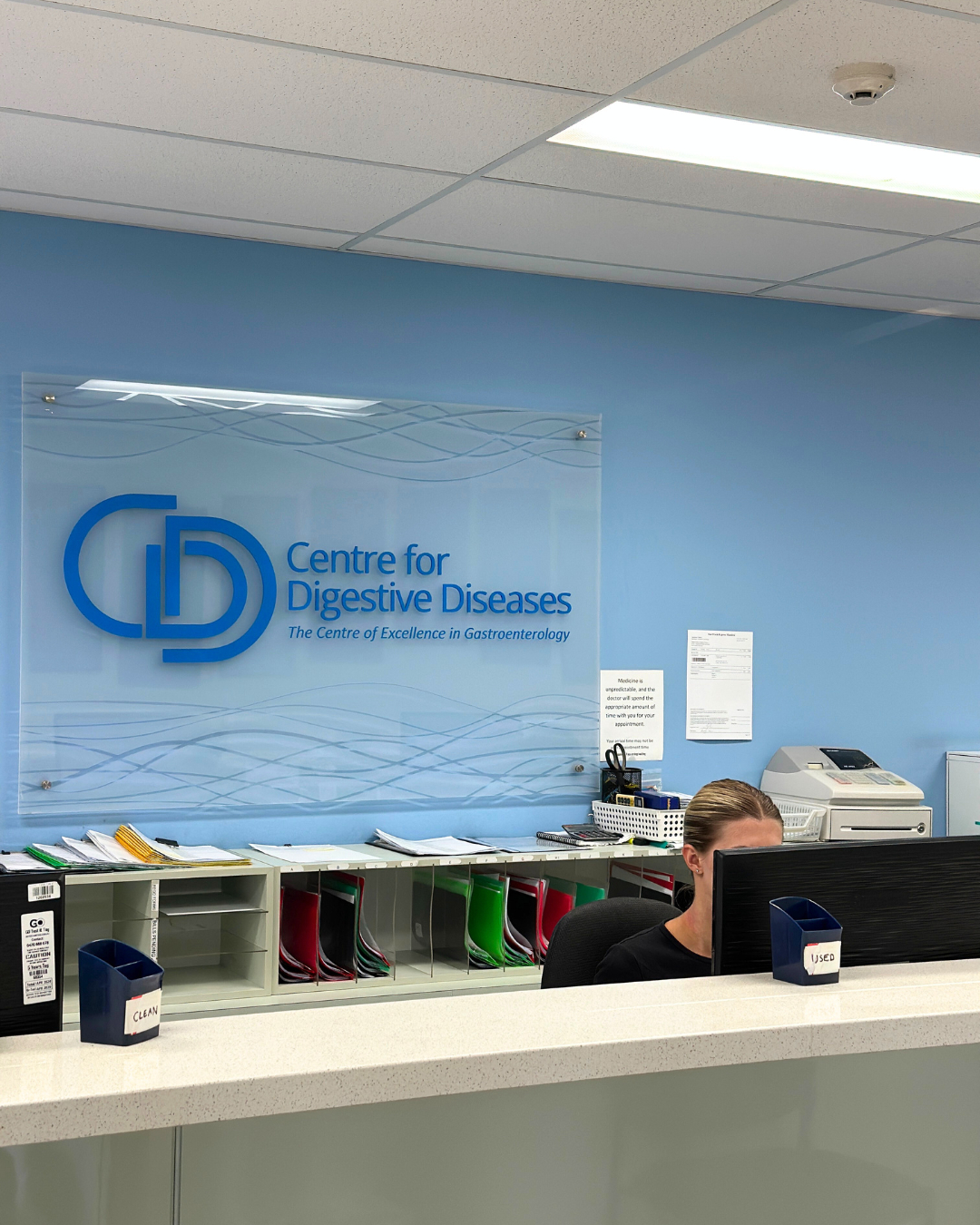Centre for Digestive Diseases Hospital Accommodation
Find Hospital Accommodation near Centre for Digestive Diseases

Transportation Options to Centre for Digestive Diseases
The Centre for Digestive Diseases, located in New South Wales, is renowned for its specialized medical services. For visitors and patients traveling to this leading medical facility, understanding the available transport options can enhance their experience. Whether you opt for public transport, driving, cycling, walking, or using rideshare services, here is a detailed guide to help you navigate to the Centre for Digestive Diseases efficiently.
Public Transport Options
For those relying on public transport, the Centre is accessible via a comprehensive network of trams, buses, and trains, ensuring convenience and ease. Sydney's public transport system is highly efficient and well-connected, making it easy for visitors to reach the facility from various parts of the city and surrounding regions.
Trains are one of the fastest ways to travel, with the nearest train station being Burwood Station, located on the T1 North Shore & Northern Line, T2 Inner West & Leppington Line, and T9 Northern Line. From here, a short bus or taxi ride will take you straight to the Centre. Regular services ensure minimal waiting times, offering a reliable option for visitors.
The extensive network of buses supplements train services. Several bus routes have stops near the Centre for Digestive Diseases, including routes that connect with key locations across Sydney. Buses provide a flexible travel solution, with generous operating hours and frequent services, catering to a variety of schedules.
Although Sydney does not currently support a dedicated tram route to the Centre, the existing network of trains and buses efficiently covers the gap, ensuring seamless connectivity without the need for a tram service.
Driving and Parking Options
For those who prefer to travel by car, the Centre for Digestive Diseases is easily reachable by major roads and freeways. The facility’s location allows for simple and direct access from central Sydney and the surrounding suburbs. However, it is important to remain mindful of peak traffic times, as congestion could extend travel duration.
Parking is available around the Centre, with secure, paid parking facilities that cater to both patients and visitors. Ample parking spaces ensure that finding a spot to park is straightforward, reducing stress upon arrival. Additionally, some nearby streets offer limited free parking, although these spaces fill up quickly and may require some patience to locate.
Cycling and Walking Routes
The increasing number of cycling routes in Sydney offers an excellent option for those who prefer to approach their journey to the Centre for Digestive Diseases under their own power. The city has invested heavily in cycling infrastructure, providing safe bike lanes and signage to guide you along your route. Cyclists can enjoy the scenic, mostly flat ride as they safely navigate to the facility.
For those who live in proximity to the Centre, walking can be a practical and healthy means of transport. The surrounding area offers well-maintained sidewalks and pedestrian paths, ensuring a comfortable journey on foot.
Rideshare and Taxi Services
For visitors seeking further convenience, rideshare and taxi services offer an appealing alternative. Companies like Uber, DiDi, and Ola operate extensively throughout Sydney, providing a quick, door-to-door service to the Centre for Digestive Diseases. You can easily book a ride through the respective apps, benefiting from accurate tracking and a range of vehicle options to suit your needs.
Traditional taxis are also readily available, with designated taxi ranks scattered throughout the city. Booking a taxi can be as simple as a phone call or convenient online booking, and drivers are familiar with the location, ensuring a smooth and direct route to the Centre.

